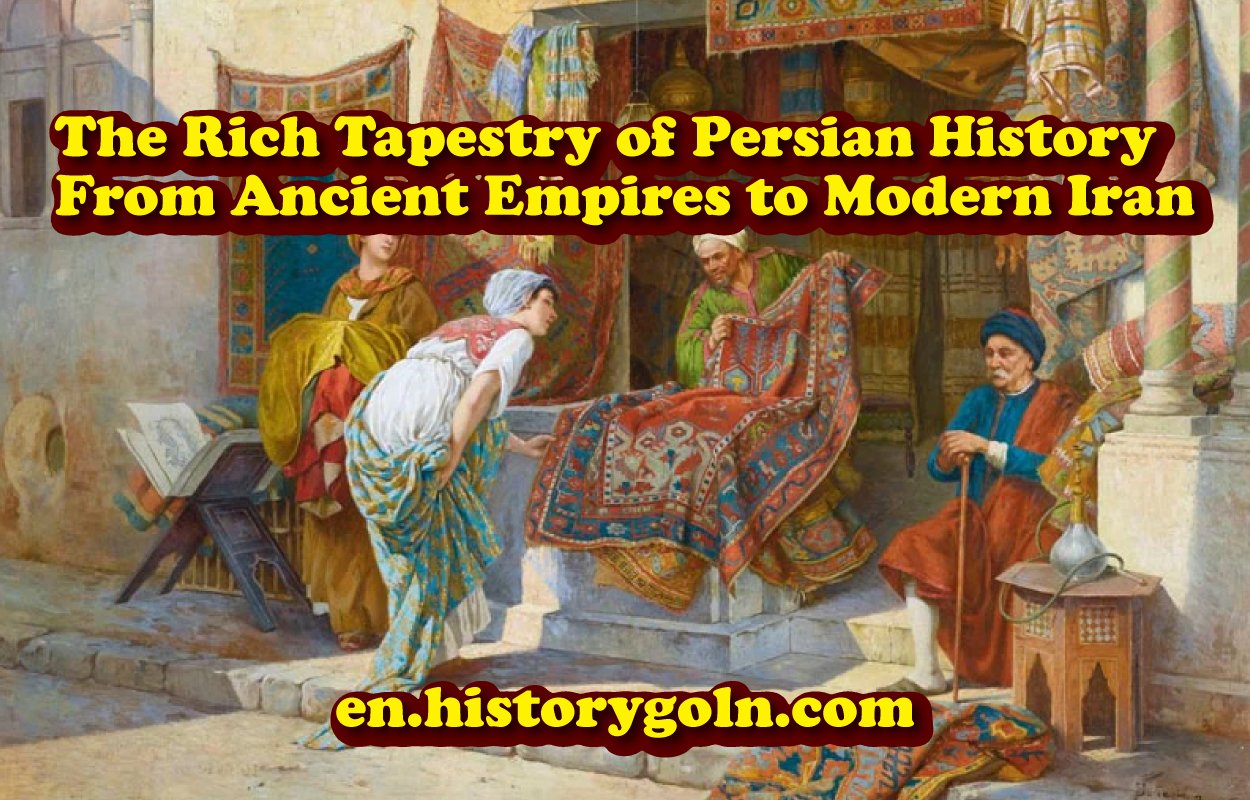Persian history, a tapestry woven with rich cultural, political, and social threads, spans thousands of years. From the ancient civilizations that laid the foundations of early empires to the modern nation of Iran, the story of Persia is marked by remarkable achievements, transformative events, and a profound impact on world history. This article explores the key milestones of Persian history, offering a glimpse into the evolution of one of the world’s oldest civilizations.
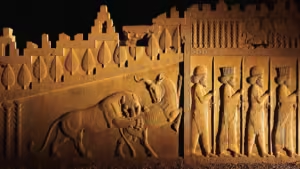
The Rich Tapestry of Persian History
The Ancient Persians: Early Foundations
1. Elamite Civilization (circa 2700–539 BCE):
– The earliest known Persian civilization was Elam, situated in what is now southwestern Iran. The Elamites developed a sophisticated culture with advanced urban planning, trade networks, and religious practices. They were later absorbed into the larger Persian Empire but left a lasting legacy on the region’s cultural and political landscape.
2. The Achaemenid Empire (550–330 BCE):
– The Achaemenid Empire, founded by Cyrus the Great, marks a pivotal moment in Persian history. Cyrus united the Persian tribes and established one of the largest empires in history. His empire was known for its innovative administration, respect for local cultures, and infrastructure, including the famous Royal Road.
– Cyrus the Great (circa 600–530 BCE): Known for his benevolent rule and the Cyrus Cylinder, often considered the first human rights charter, which proclaimed religious and cultural tolerance.
– Darius the Great (522–486 BCE): Expanded the empire further, introduced an efficient administrative system, and began construction of Persepolis, the ceremonial capital.
3. The Seleucid and Parthian Periods (330–224 BCE):
– After Alexander the Great’s conquest of the Achaemenid Empire, Persia fell under the control of the Seleucid Empire. Following this period, the Parthian Empire emerged, restoring Persian dominance. The Parthians were known for their military prowess and resistance against Roman expansion.
4. The Sassanian Empire (224–651 CE):
– The Sassanian Empire succeeded the Parthians and is often regarded as a renaissance period for Persian culture and governance. The Sassanians re-established a centralized state and promoted Zoroastrianism as the state religion. Their era was marked by significant advancements in art, science, and architecture.
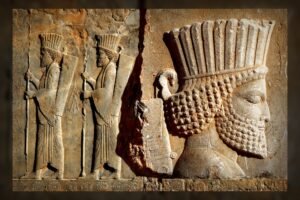
The Islamic Era and the Rise of Modern Persia
1. The Islamic Conquest and the Umayyad and Abbasid Caliphates (651–1258 CE):
– The Islamic conquest of Persia in the 7th century marked the beginning of a new era. Persia became part of the Umayyad Caliphate and later the Abbasid Caliphate. This period saw the gradual Islamization of Persia and the flourishing of Persian culture under Islamic rule.
– The Persian language and literature experienced a renaissance, with poets such as Rumi and Omar Khayyam gaining prominence.
2. The Safavid Dynasty (1501–1736):
– The Safavid Dynasty was instrumental in establishing Shi’a Islam as the state religion of Persia, differentiating it from its Sunni neighbors. The Safavids, under rulers like Shah Abbas the Great, revitalized Persian culture, promoted arts and architecture, and created a powerful centralized state.
– The dynasty is known for its contributions to Persian art, including the development of intricate Persian carpets and the construction of architectural masterpieces such as the Shah Mosque in Isfahan.
3. The Qajar Dynasty (1789–1925):
– The Qajar Dynasty succeeded the Safavids and ruled during a time of significant change and modernization. This era was marked by internal strife, external pressures from colonial powers, and efforts to modernize the country. Reforms such as the establishment of the first Persian constitution and the introduction of modern institutions were made, though challenges persisted.
4. The Pahlavi Dynasty (1925–1979):
– The Pahlavi Dynasty, founded by Reza Shah Pahlavi, aimed to modernize Iran and reduce the influence of foreign powers. Reza Shah implemented sweeping reforms in infrastructure, education, and industry. His son, Mohammad Reza Shah Pahlavi, continued these modernization efforts but faced growing opposition due to political repression and social changes.
– The Pahlavi era saw significant economic development and social changes but also increasing discontent that culminated in the 1979 Islamic Revolution.

The Islamic Republic of Iran (1979–Present)
1. The Islamic Revolution (1979):
– The Islamic Revolution, led by Ayatollah Ruhollah Khomeini, resulted in the overthrow of the Pahlavi monarchy and the establishment of the Islamic Republic of Iran. This revolution was driven by opposition to the Shah’s regime, socioeconomic inequality, and the desire for an Islamic government.
– The new regime implemented significant changes, including the adoption of Islamic law, the nationalization of industries, and the reorientation of foreign policy.
2. Post-Revolutionary Iran:
– Post-revolutionary Iran has experienced periods of conflict, including the Iran-Iraq War (1980–1988), economic challenges, and international sanctions. Despite these difficulties, Iran has maintained its cultural heritage and developed a unique political system that blends Islamic principles with modern governance.
– The country has seen periods of political reform and economic growth, but tensions with the international community, particularly regarding nuclear policy, have continued to shape its modern history.
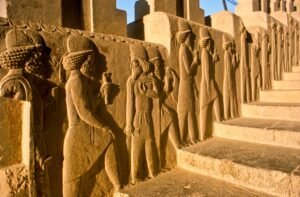
Contributions to World Culture and Knowledge
Persian history has made profound contributions to world culture and knowledge. Persian literature, with its rich tradition of poetry and prose, has had a lasting impact on the literary world. The works of poets like Rumi, Hafez, and Saadi are celebrated for their spiritual depth and artistic beauty. Persian art, architecture, and science have also left an indelible mark on global culture, from intricate carpets to advances in mathematics and astronomy.
Persian history is a testament to the enduring legacy of one of the world’s oldest civilizations. From the ancient Achaemenid Empire to the modern Islamic Republic of Iran, Persia’s history is marked by periods of grandeur, transformation, and resilience. Understanding this rich historical tapestry provides insight into the cultural, political, and social developments that have shaped not only Iran but also the broader world. As Persia evolves and navigates contemporary challenges, its historical legacy continues to influence and inspire.
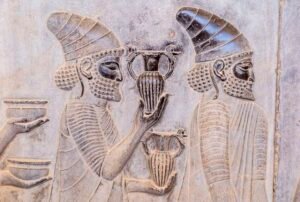
See more:
